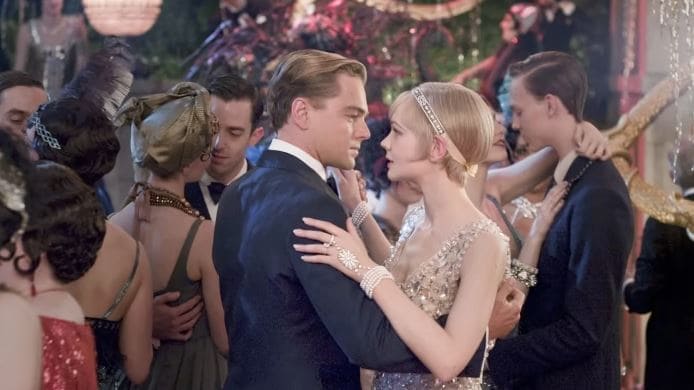Introduction
Social stratification mainly encapsulates divisions by economic disparities. “The Great Gatsby,”a novel authored by F. Scott Fitzgerald, outlines how different social classes interact with each other, meaning that low-income characters experiencing poverty suffer the most. Wealthy people dominate because they keep the lower class in daunting and needy circumstances. In particular, Fitzgerald’s novel demonstrates a theme of social stratification, where affluent individuals, such as Gatsby, possess the most societal privilege, leading to corruption and materialistic motivations, and less fortunate people, like Wilson, are oppressed and alienated.
Power Belongs to Rich People
Rich individuals have the power and privilege to evade mundane legal issues through corruption. For instance, Fitzgerald (2013) provides a car scene where a police officer who stops Gatsby for overspeeding feels threatened because of a white card that is shown to him (p. 68). Ironically, the policeman apologizes to Gatsby and releases him without a warning or a traffic ticket. In this case, Gatsby affects others using his wealth and authority in all conflicts (Paudel 2023, p. 77). The main character showcases such yearnings when he uses his favors and connection to the commissioner to corrupt and manipulate the officer’s decision. The scene exemplifies the concept of social stratification and how wealthy people control the system to their advantage even when they are wrong.

Materialistic Motivations
Materialism causes greed and characterizes ascending the social ladder. For example, Gatsby compares Daisy’s voice with money and nothing else (Fitzgerald 2013, p. 120), illustrating a concept that fits well within a rhetorical précis structure. He tends to associate everything with wealth or anything with a monetary value. The desire to acquire and accumulate wealth and connect it to all things inspires materialistic individuals psychologically (Mulghani, Mushtaq & Fatima 2023, p. 116). Insatiability and inhumane treatment of others are the unfortunate implications of such aspirations. As a result, many people, like Gatsby, greedily focus on gathering financial resources to help them to attain a wealthy status and climb the economic ladder.
Social Despair and Segregation
Segregation and despair befall many working-class and poor individuals, causing dependency on the rich class. In the novel, Fitzgerald (2013) includes a metaphor of a “valley of ashes,” suggesting that it is a farm with a field of wheat (p. 23). These concepts symbolize the exploitation of less affluent individuals. There is an aspect of separation and mistreatment between the affluent and low-income social groups. Basically, the grey color of the ash means the worst people’s characteristics, like the low level of spirituality, morality, and other tragic concepts of human life (Haziri 2020, p. 16). This grey valley means the place where less fortunate individuals, like George Wilson, live. As a result, Wilson and other lower social class individuals experience social despair and segregation since wealthy people exploit them.
Conclusion
“The Great Gatsby” reiterates how wealthy people remain prosperous through corrupt and oppressive involvements. Gatsby represents the powerful characters that would easily overlook the law to perpetuate their agenda. He also depicts how materialism is a pivotal contributor to amassing wealth. In turn, the hard living conditions of ordinary people are the basis of segregation, oppression, and exploitation since they work in favor of rich individuals. Thus, social stratification is one of the central themes described in the novel because, regardless of class, everyone struggles to maintain or ascend to a better social status.
Reference List
Fitzgerald, FS 2013, The Great Gatsby, Scribner, New York.
Haziri, L 2020, ‘Colors and symbolism in “The Great Gatsby” by Francis Scott Fitzgerald,’ Journal of World Englishes and Educational Practices (JWEEP), vol. 2, no. 1, pp. 13–16.
Mulghani, MA, Mushtaq, T & Fatima, A 2023, ‘Exploitation: A Marxist analysis of The Great Gatsby by Fitzgerald,’ International Research Journal of Management and Social Sciences, vol. 11, no. 3, pp. 114–119.
Paudel, D 2023, ‘Exposition of disgust Rasa in Fitzgerald’s The Great Gatsby,’ Literary Studies, vol. 36, no. 1, pp. 75–81.


